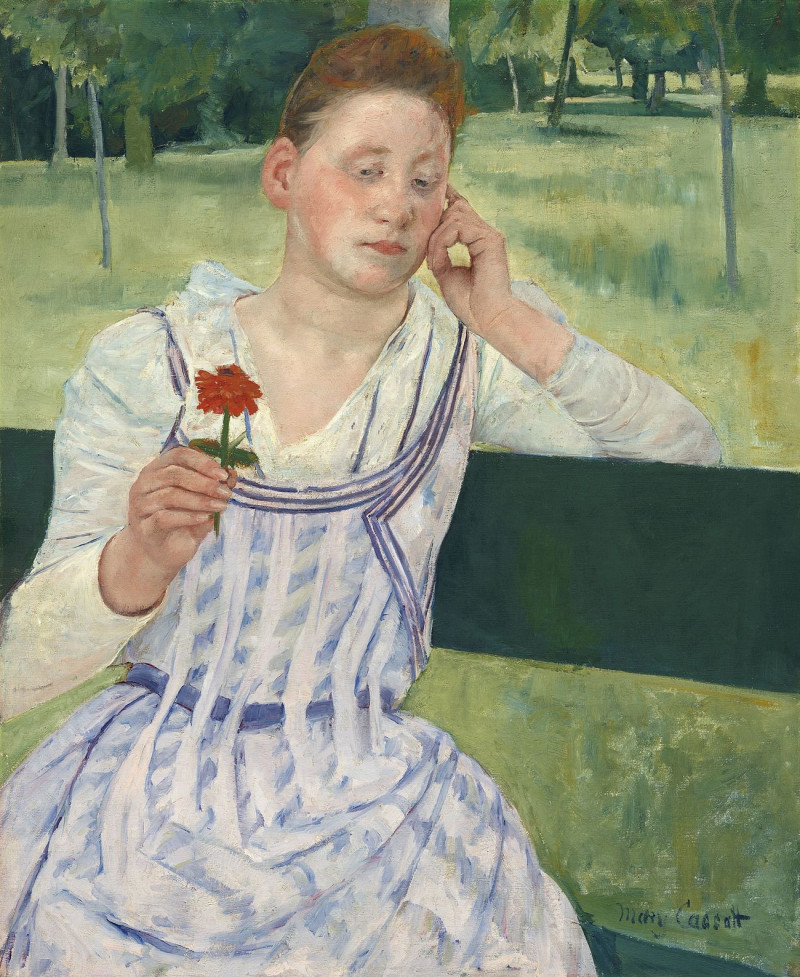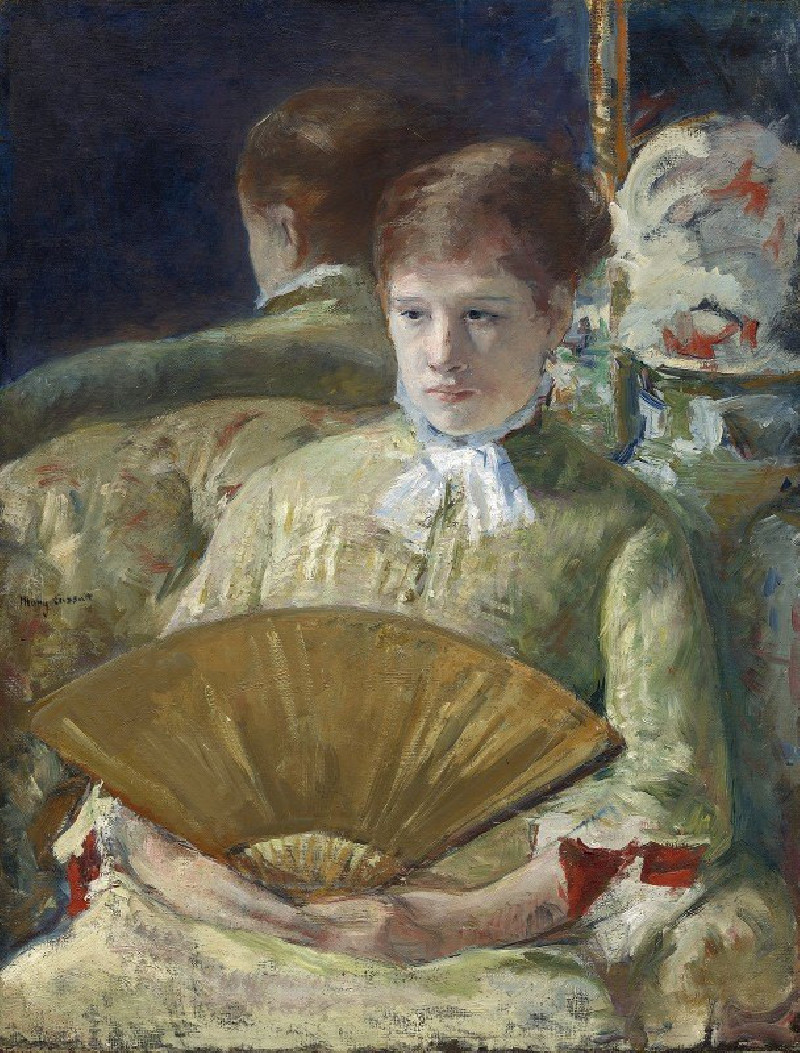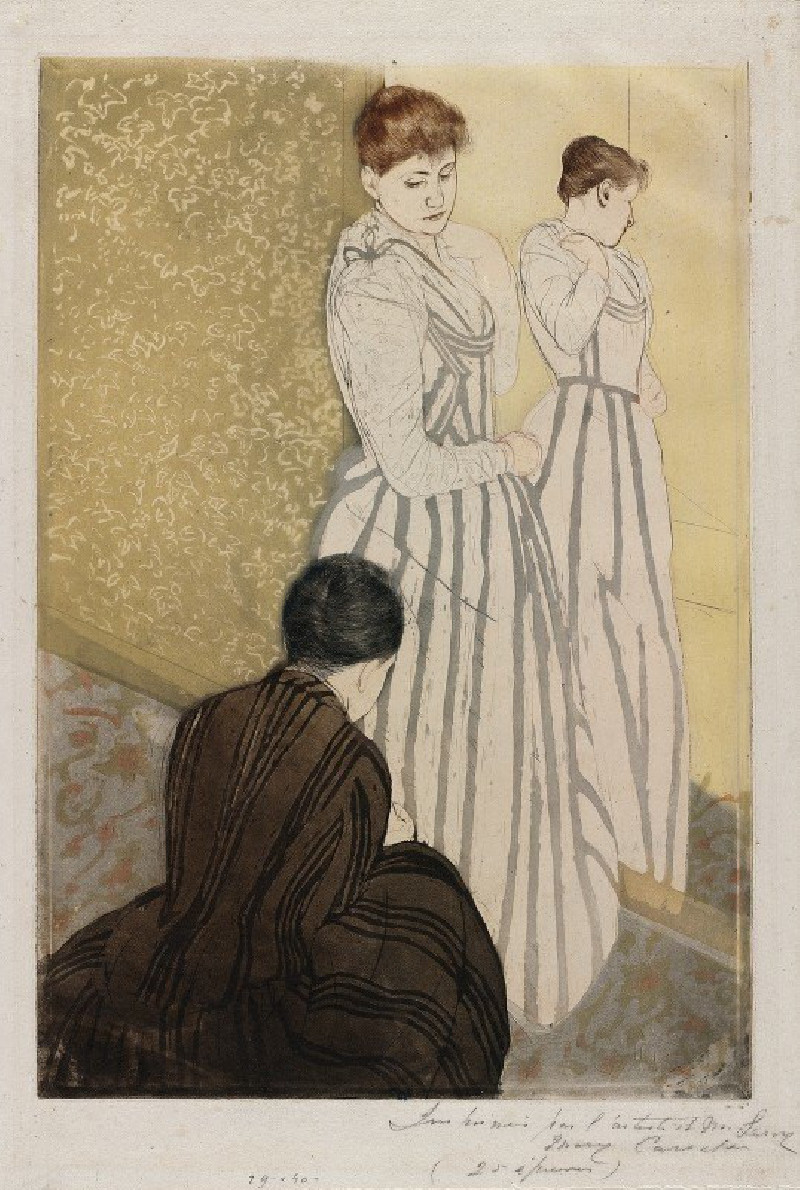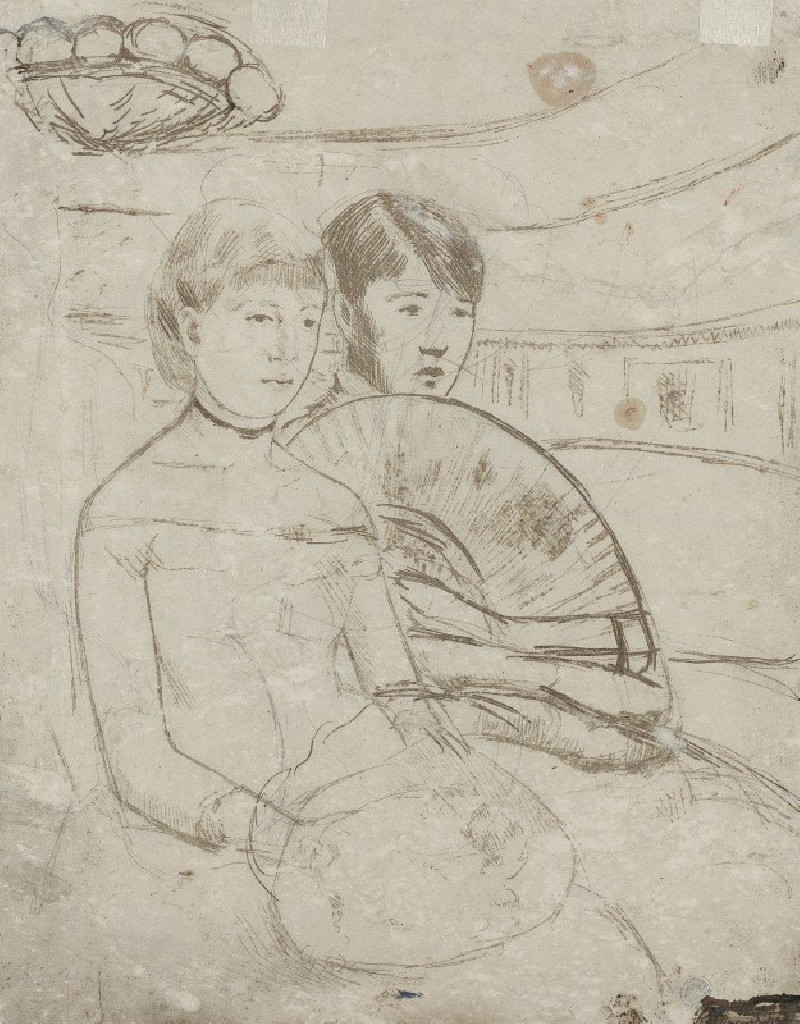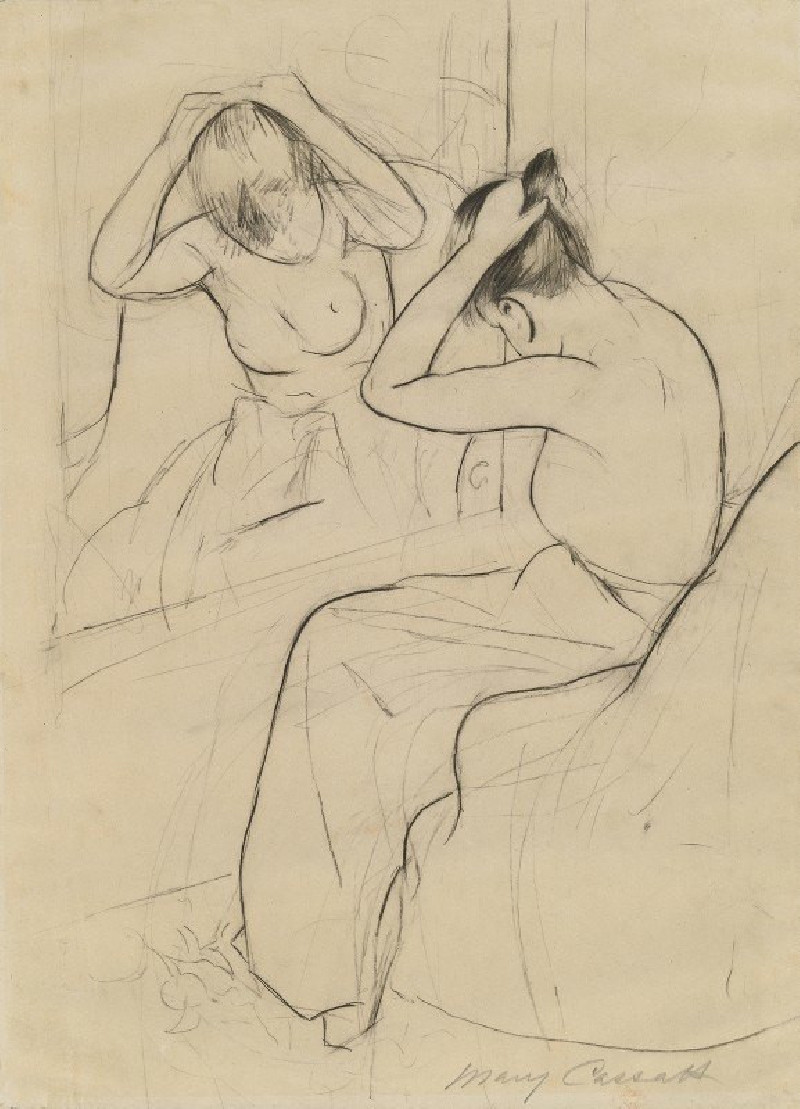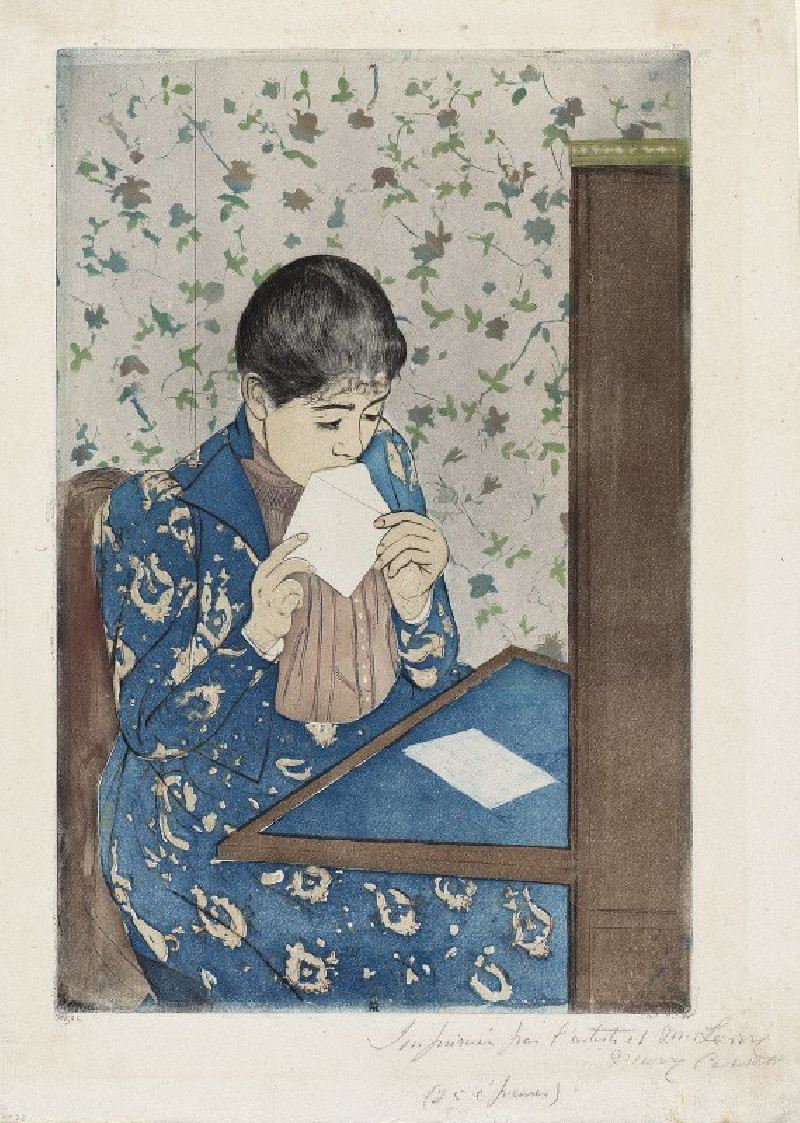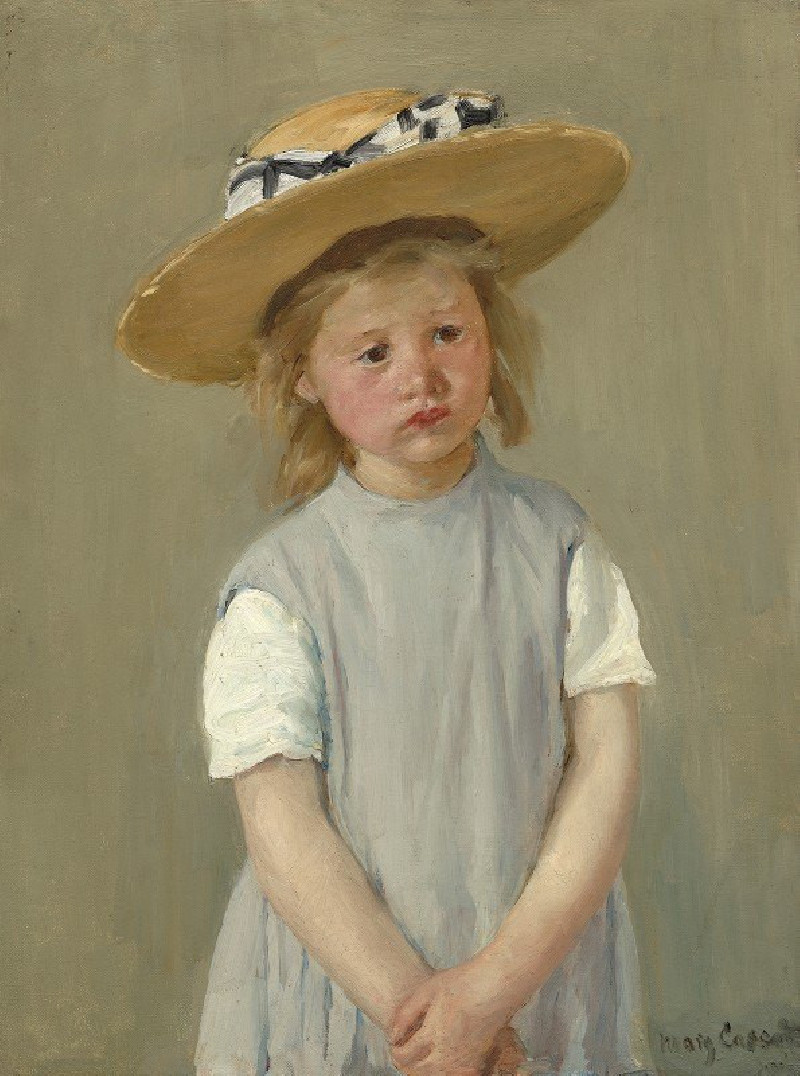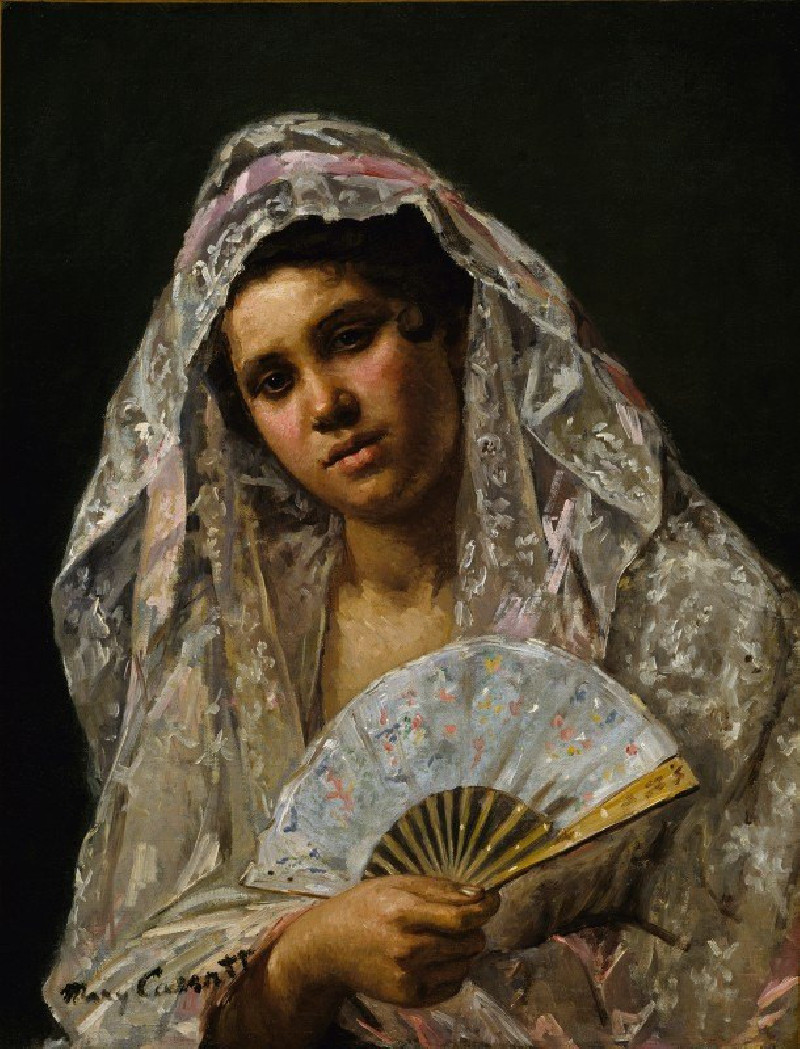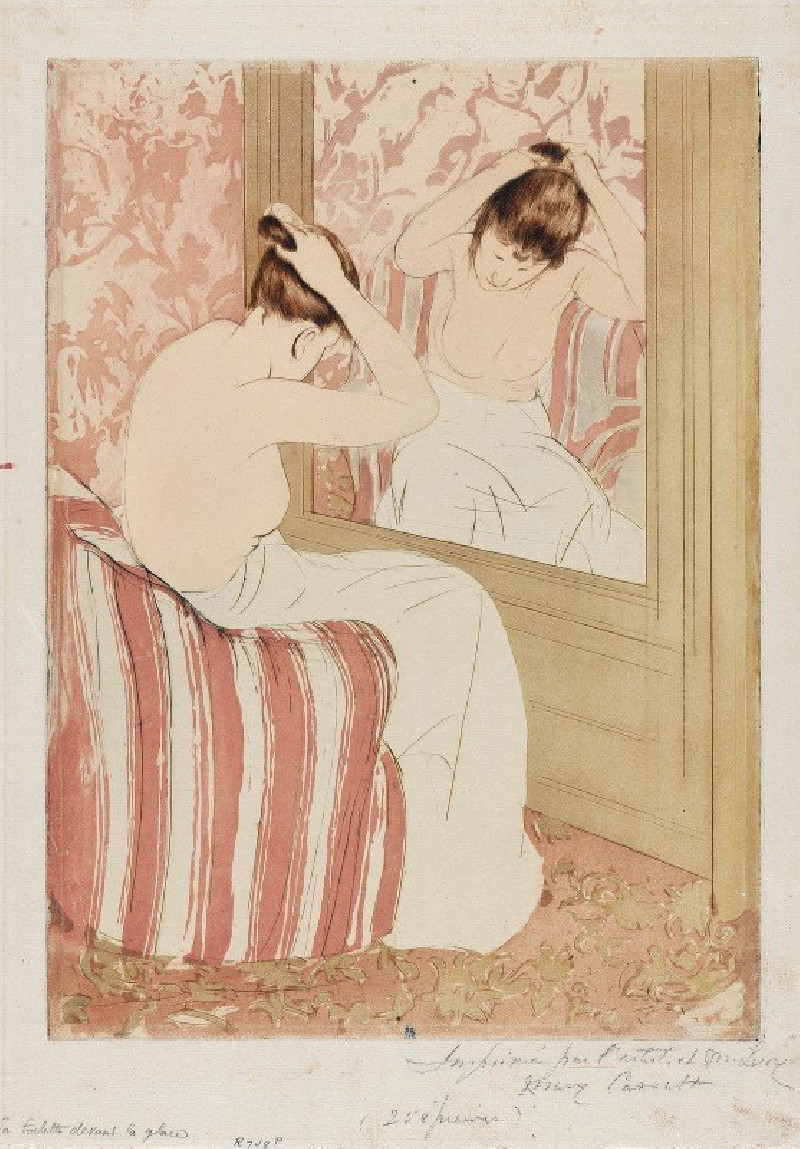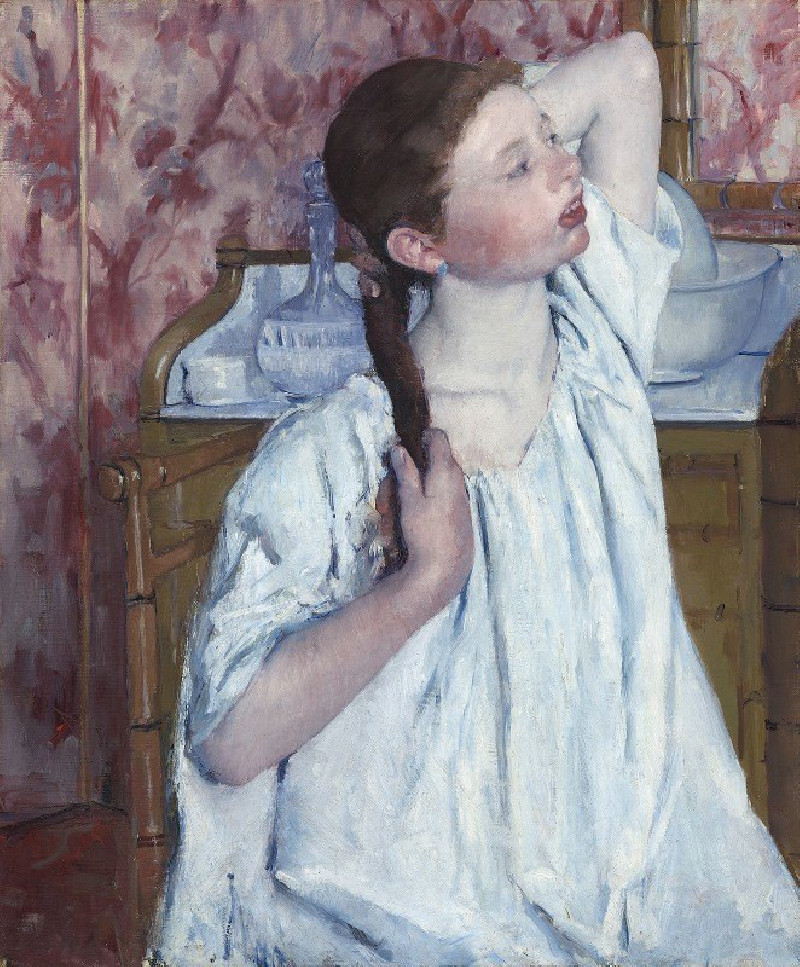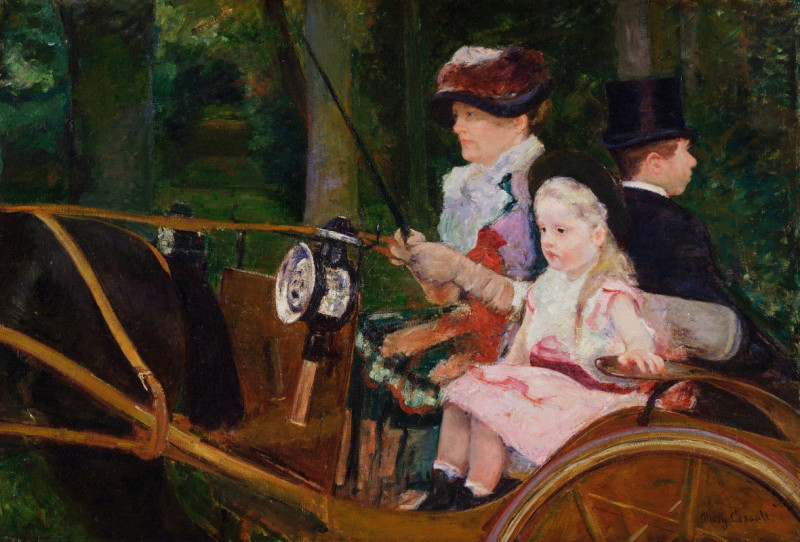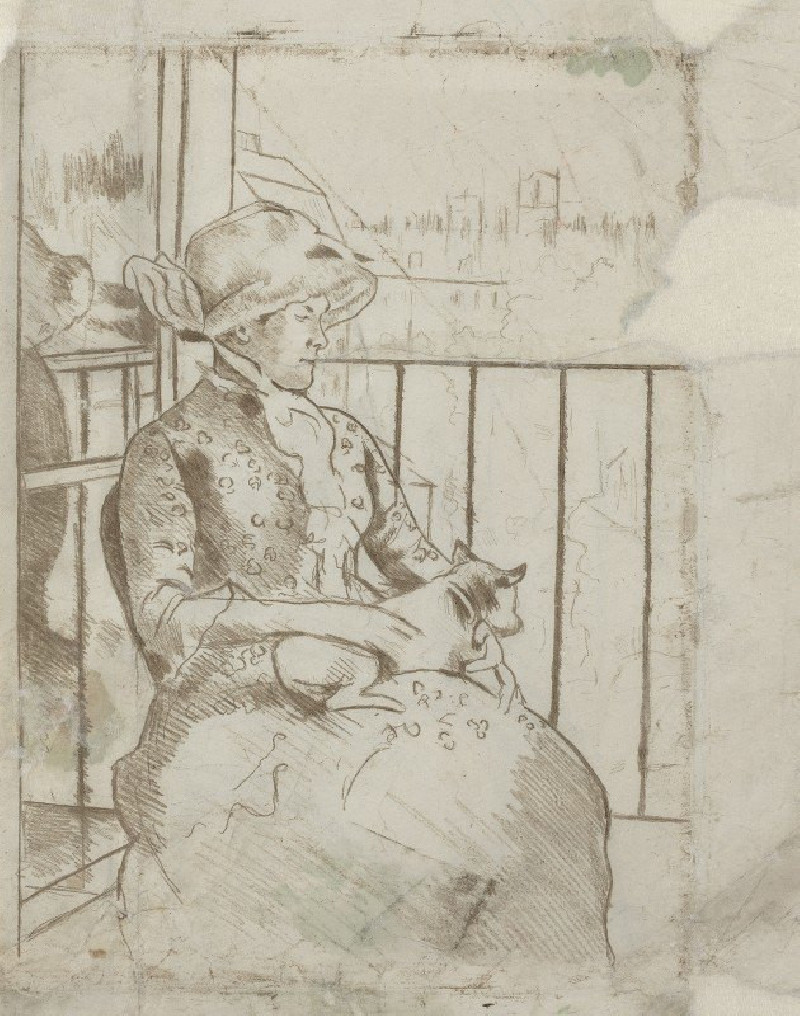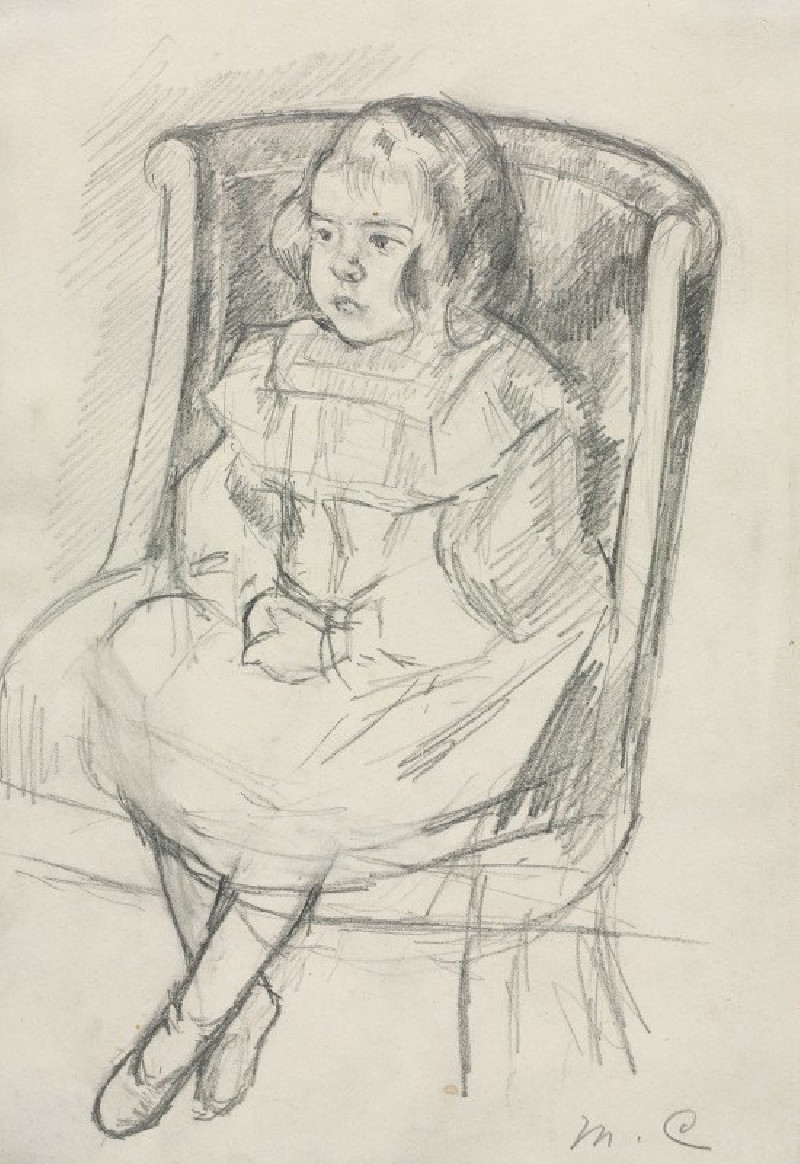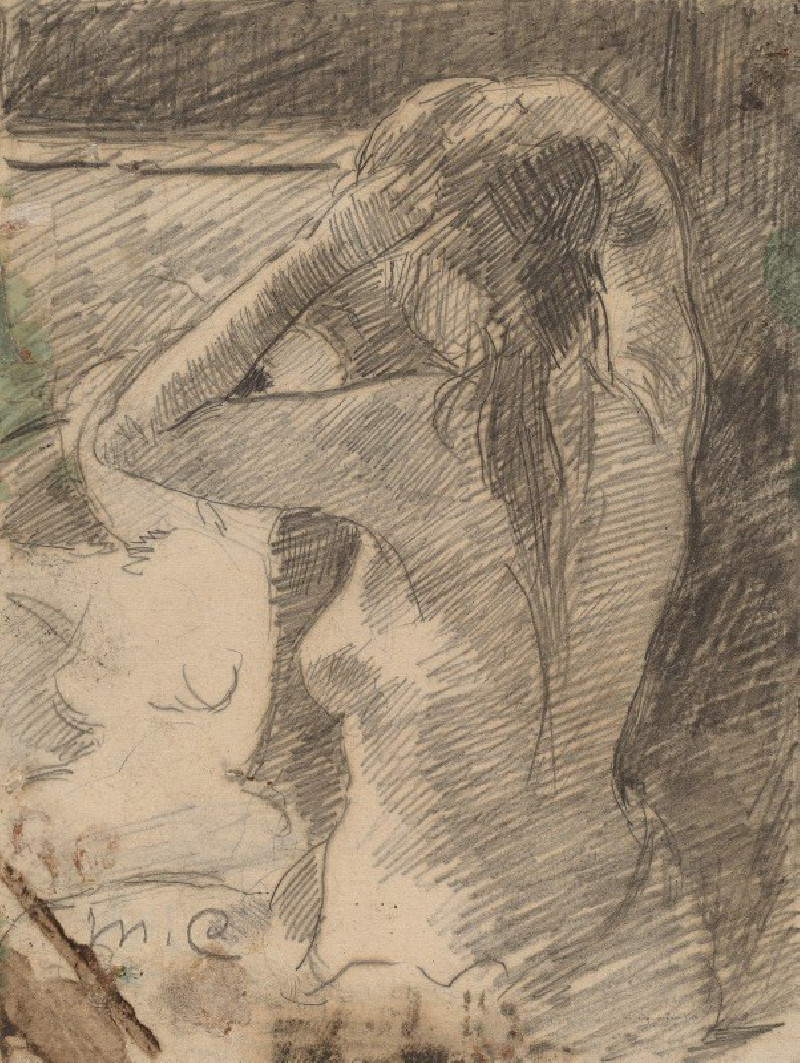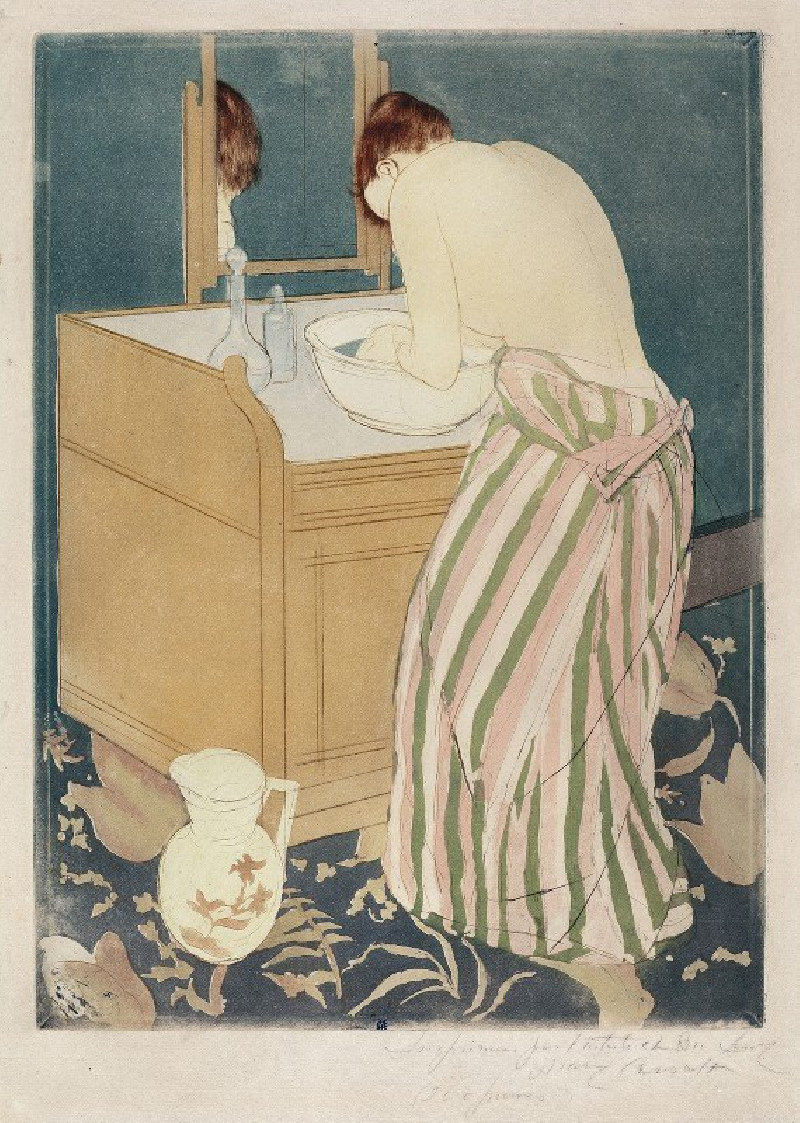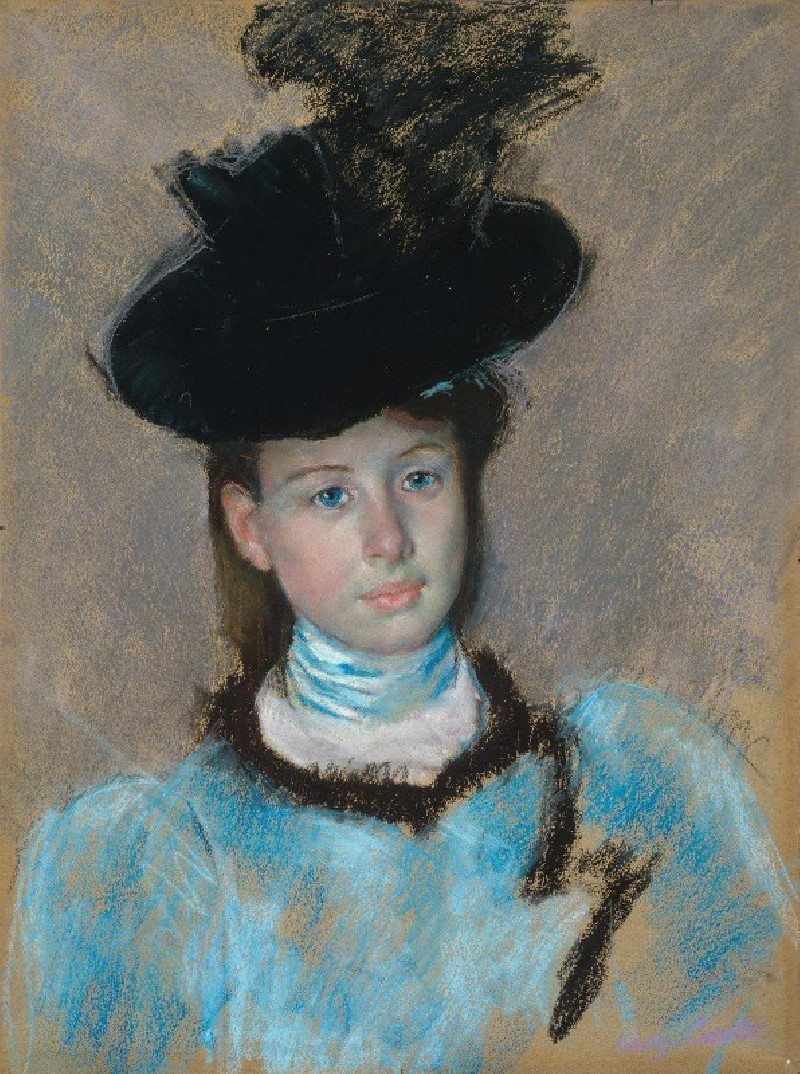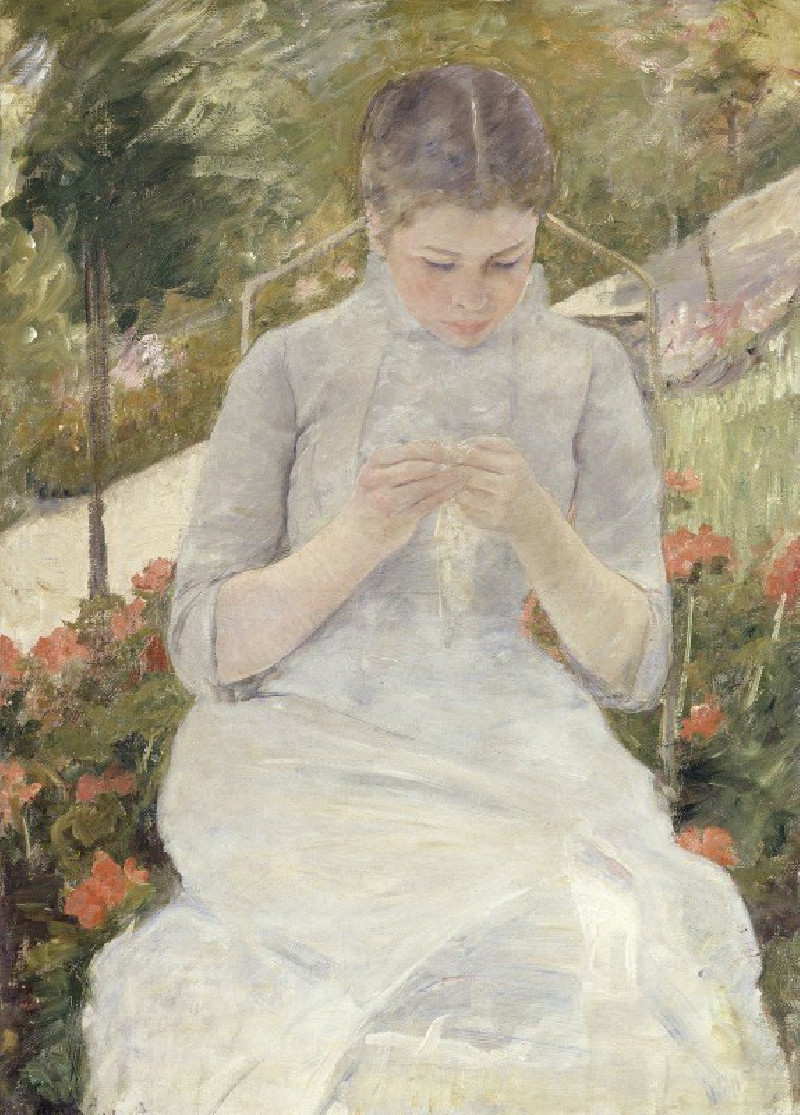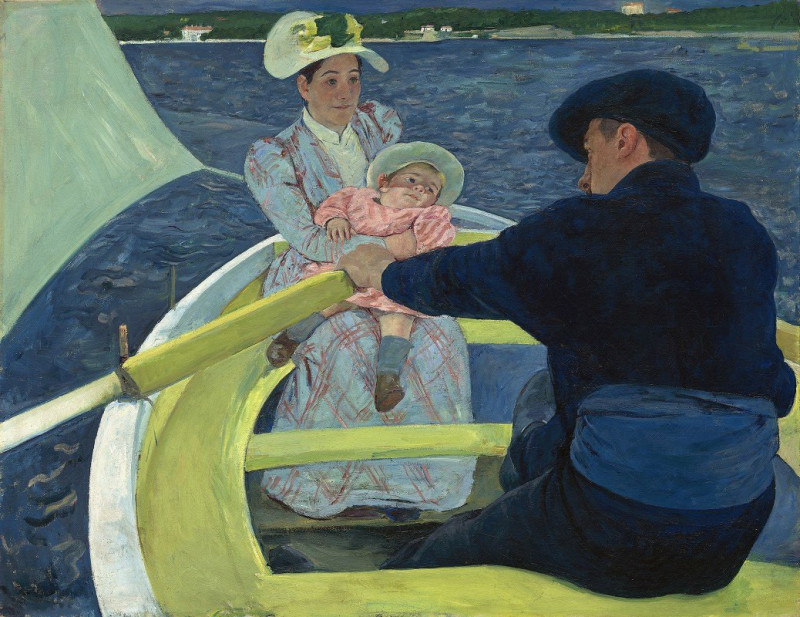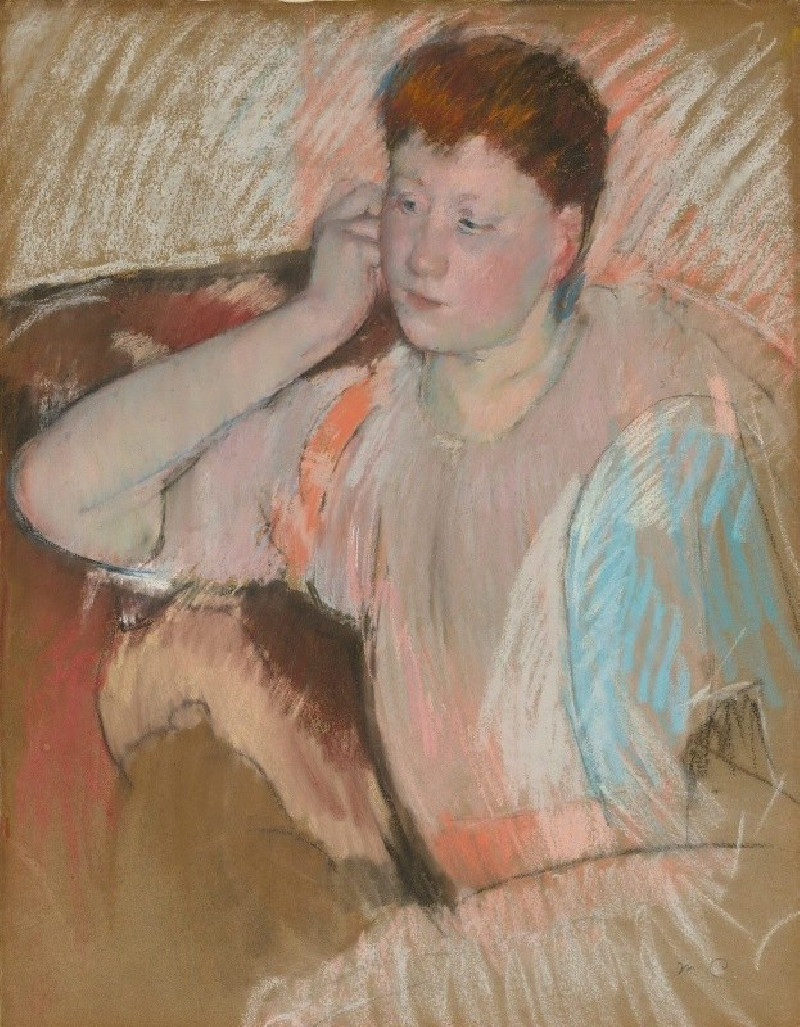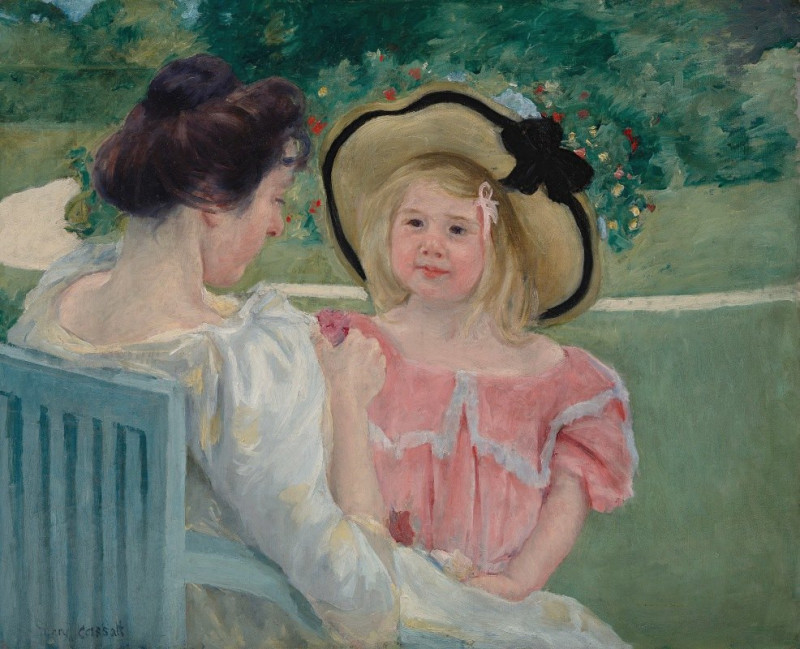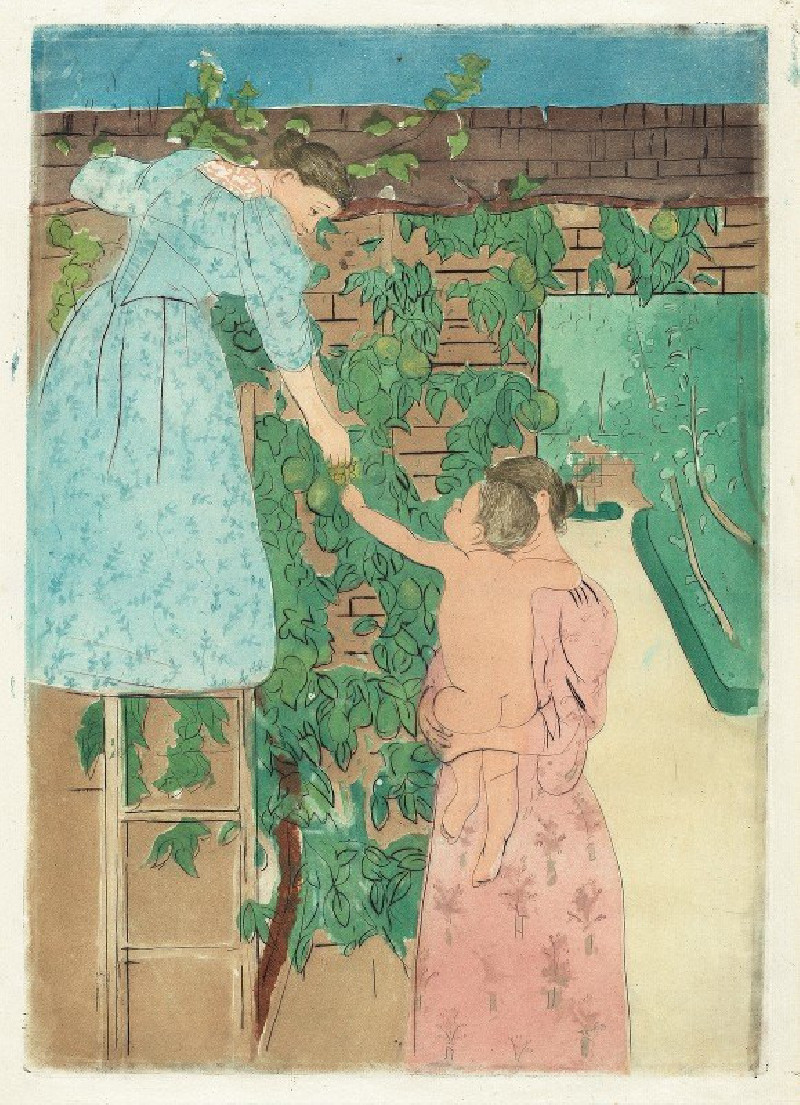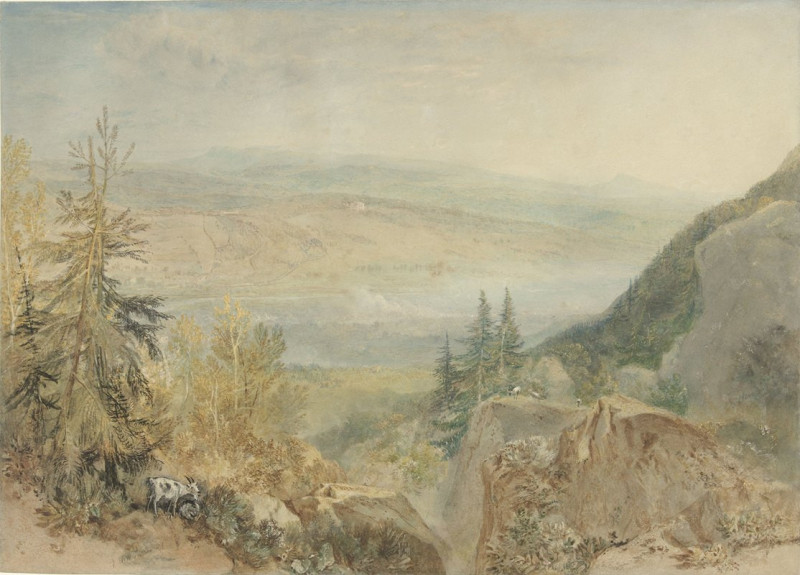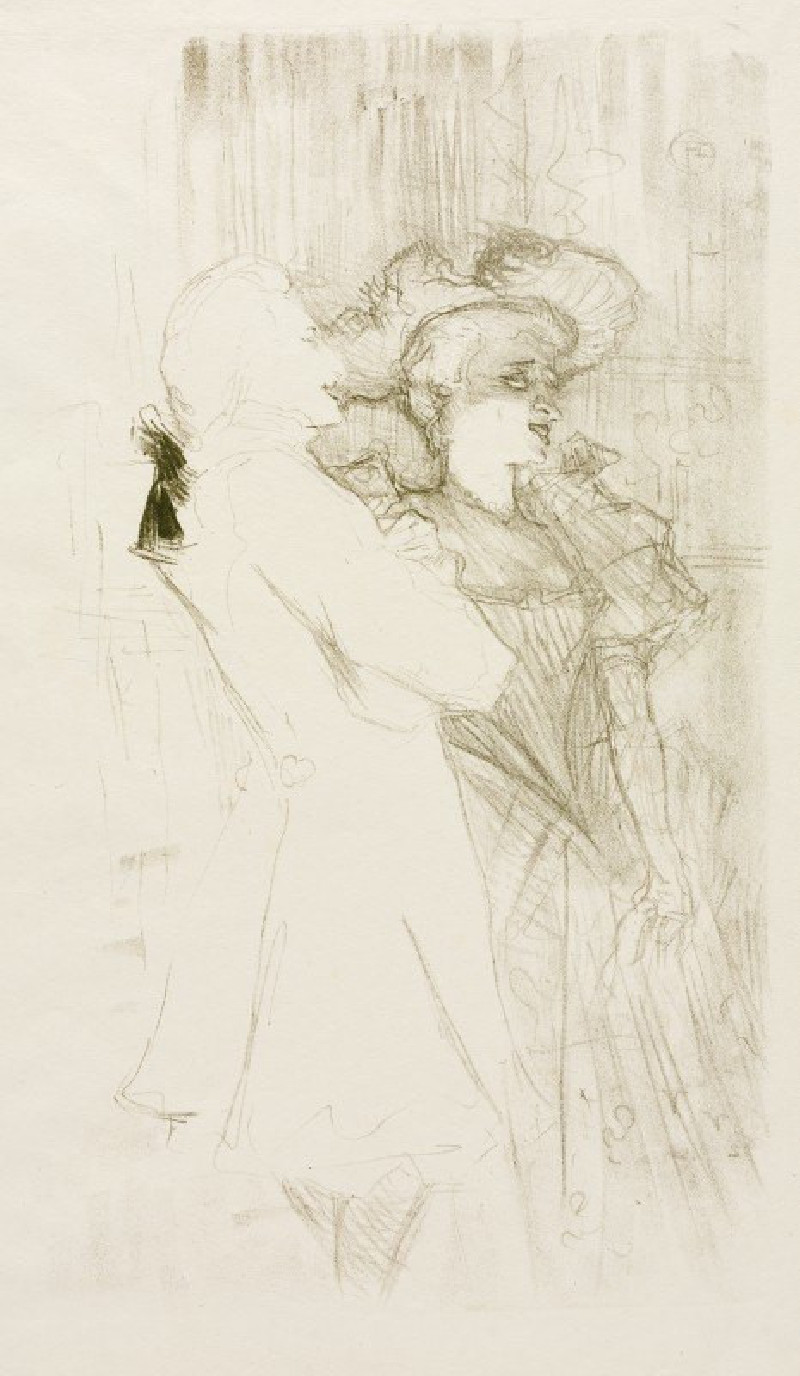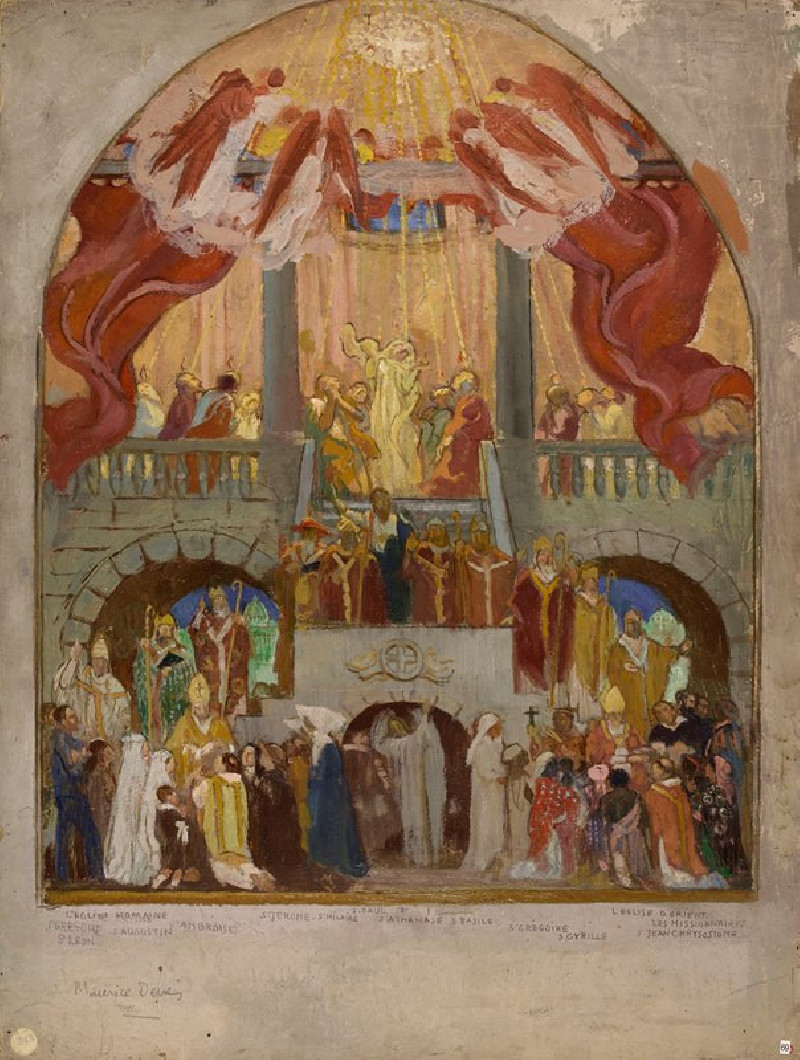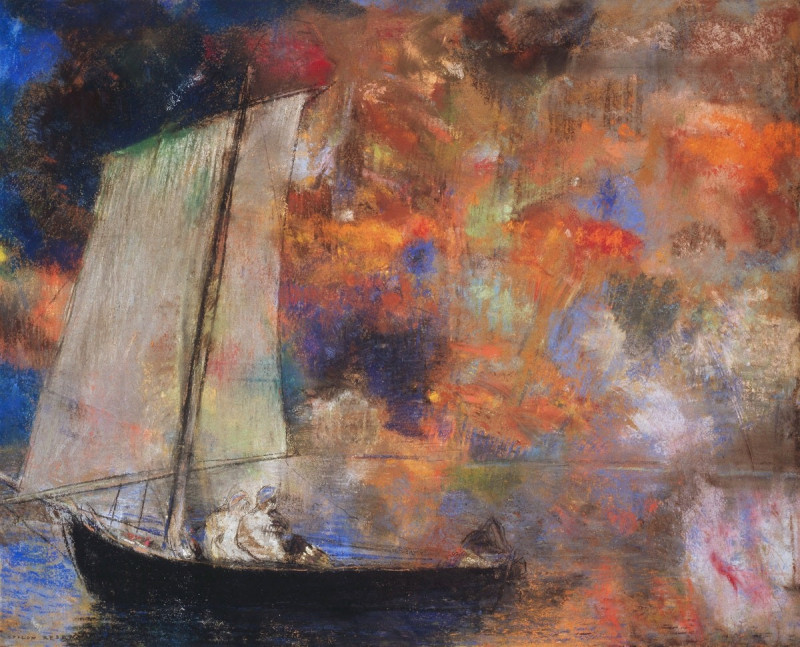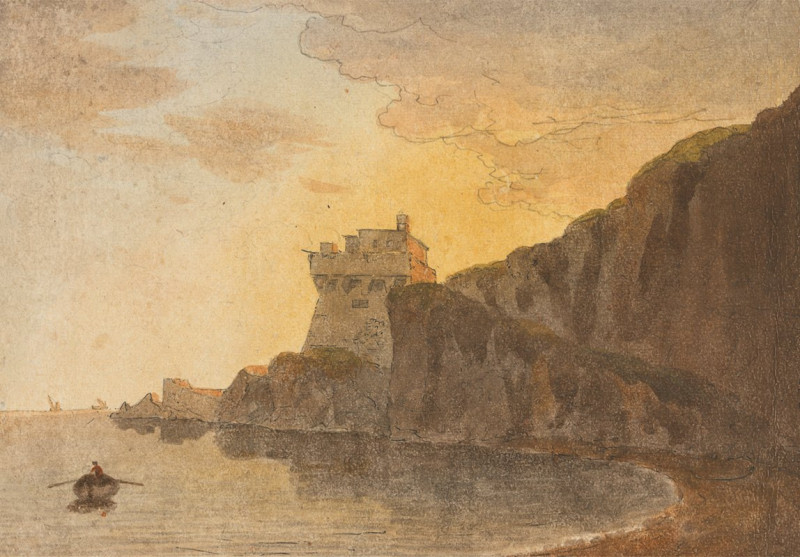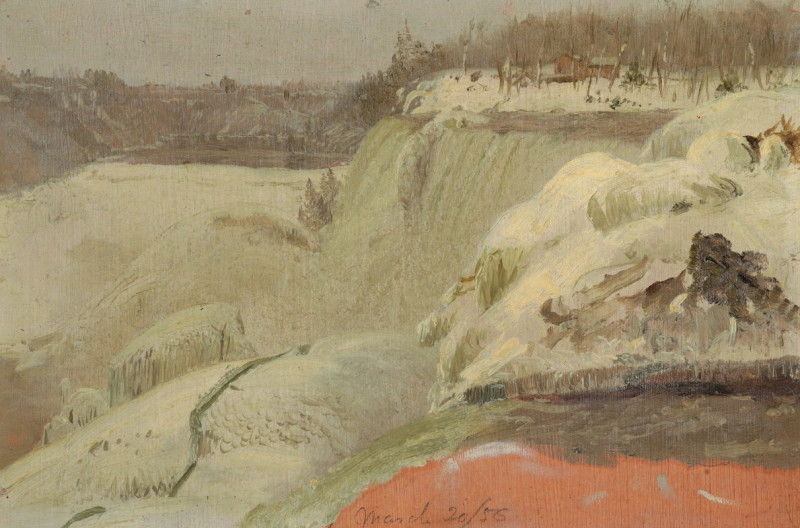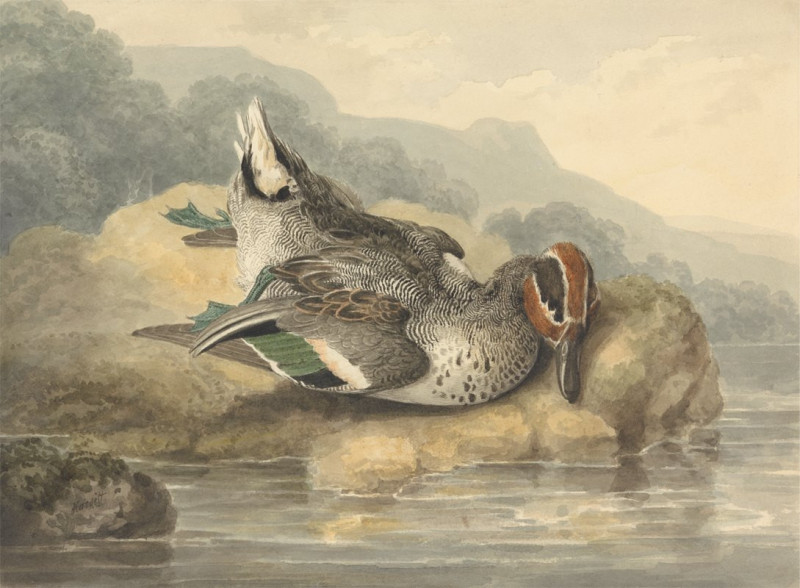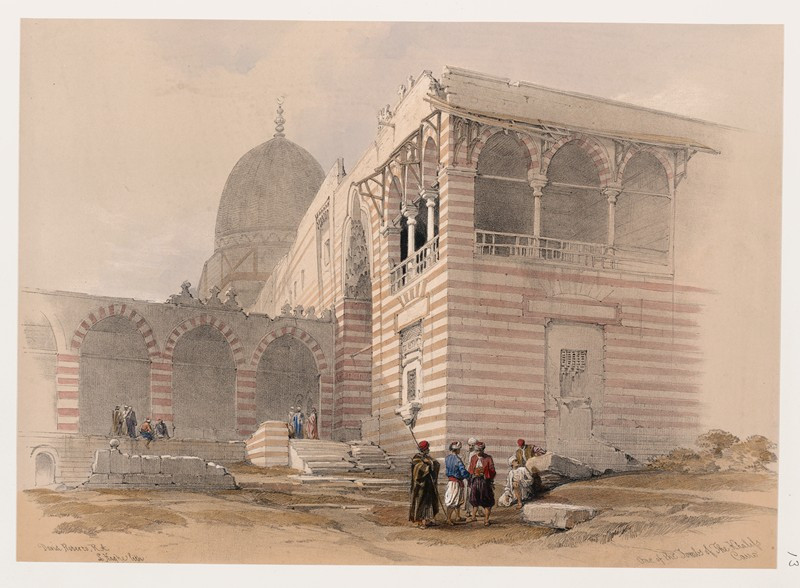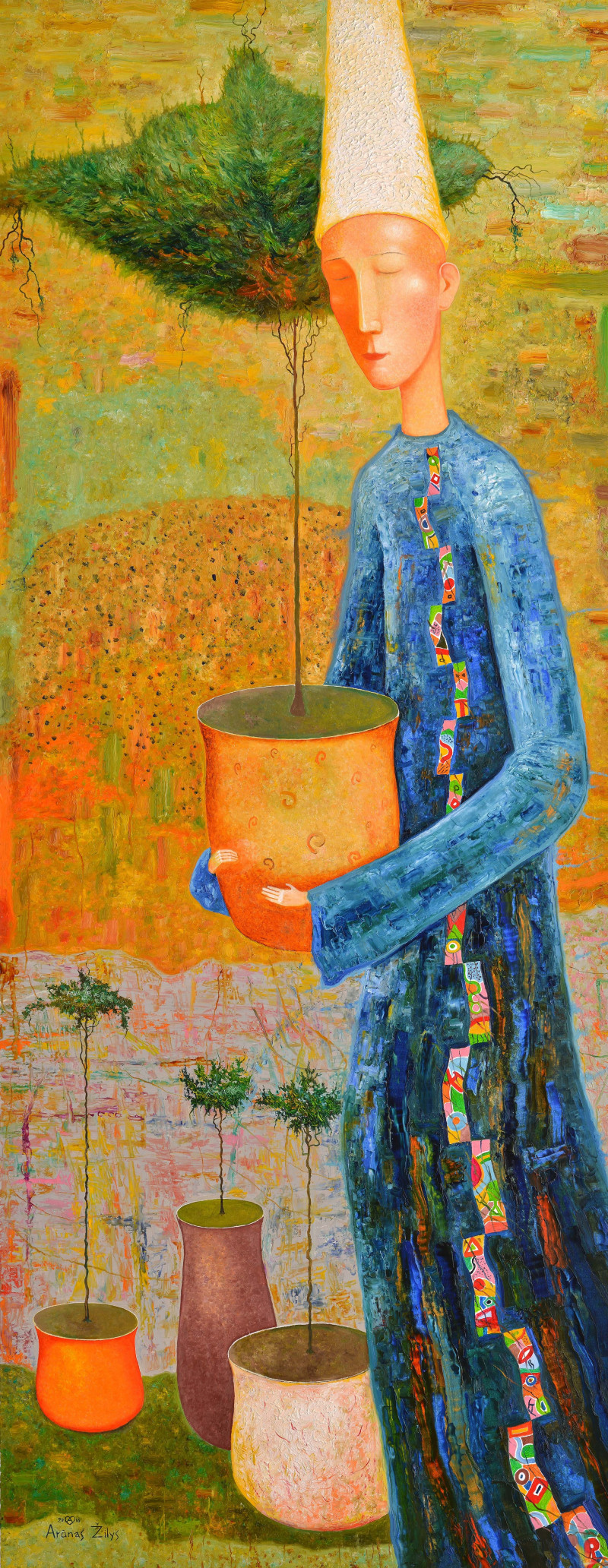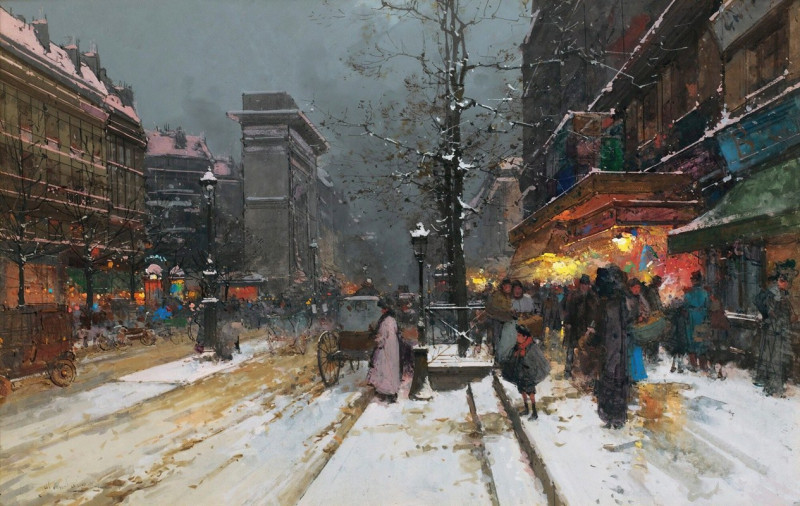Woman With A Red Zinnia
Technique: Giclée quality print
Recommended by our customers
More about this artwork
"Woman With A Red Zinnia," painted by Mary Cassatt, offers a delicate look into the intimate and reflective moments of everyday life, a theme Cassatt masterfully celebrated throughout her career. The painting captures a young woman seated against a tranquil outdoor backdrop, deep in thought, as she gently holds a red zinnia. Cassatt’s use of soft, natural light and nuanced colors lends an air of quiet contemplation and serenity to the scene.The subject is dressed in a white dress with fine blue stripes and a decorative blue sash that are rendered with Cassatt’s typical attention to textile and form, emphasizing the grace and quiet dignity of her sitter. Her posture, leaning against a green bench or railing, with her face resting pensively on her hand, suggests a moment caught in introspection. The outdoor setting, hinted at by the muted green and yellow tones and the soft outline of trees in the background, frames her in nature’s embrace, underscoring a sense of peaceful solitude.This work, like many by Cassatt, reflects her focus on the lives and private moments of women, portrayed with a sensitivity that was quite ahead of her time. It embodies her impressionistic style, with loose brushwork and a luminous palette, capturing an ephemeral moment with emotional depth and aesthetic elegance.
Delivery
Returns
Mary Stevenson Cassatt was an American painter and printmaker. She was born in Allegheny City, Pennsylvania (now part of Pittsburgh’s North Side), but lived much of her adult life in France where she befriended Edgar Degas and exhibited with the Impressionists. Cassatt often created images of the social and private lives of women, with particular emphasis on the intimate bonds between mothers and children.
She was described by Gustave Geffroy as one of "les trois grandes dames" (the three great ladies) of Impressionism alongside Marie Bracquemond and Berthe Morisot.In 1879, Diego Martelli compared her to Degas, as they both sought to depict movement, light, and design in the most modern sense.

